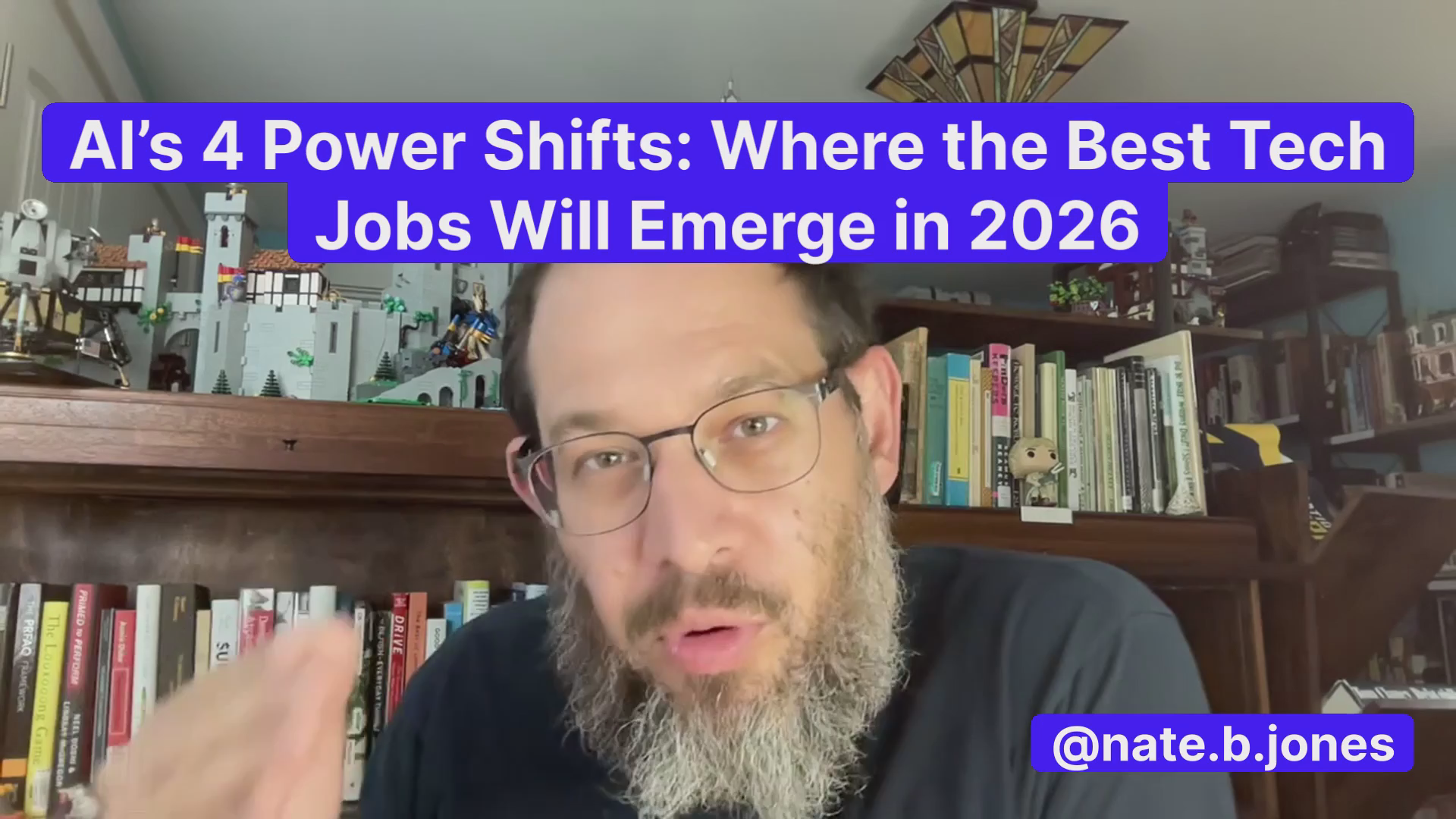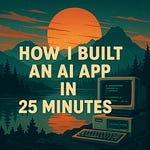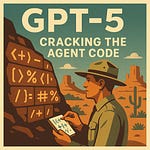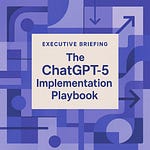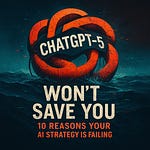If you’re reading this, you already sense the tectonic shifts underway—AI isn’t coming, it’s here. Let’s cut the generic forecasts: you don’t need more vague predictions about whether AI creates or kills jobs. You need precise, actionable intel on how AI reshapes your specific role, impacts your daily tasks, and shifts salaries.
Every other report treats the workforce as a broad blur. This guide is different.
It dives deeply into 15 critical roles, mapping exactly how each mutates: which tasks vanish, which elevate, and which skills command salary premiums. For example, you’ll learn why:
Software Engineers are seeing entry-level coding tasks vanish overnight, replaced by niche, hyper-valuable roles like GPU-cost tuning specialists who now command $250/hour.
Data Scientists face a rapid commoditization of traditional model-building because of AutoML—yet simultaneously find surging opportunities in AI auditing, bias detection, and ethical model oversight, commanding premiums that push salaries into the $220K range.
Vector Database Engineers, once obscure, are now one of tech’s hottest roles, with demand outstripping supply 4-to-1 and salaries rapidly approaching $300K.
Customer Success professionals face existential pressure as tier-one troubleshooting evaporates—thanks to Sam Altman openly declaring frontline support as “totally gone”—but see new roles like strategic “AI-Success Orchestrators” emerge at salaries upwards of $190K, centered around deep relationship management.
But this guide isn’t just about how existing roles evolve. It also reveals 12 entirely new roles—emerging roles without official titles yet, quietly forming the next high-value AI career opportunities. These aren’t speculative—they’re already beginning to crystallize right now, even if your org chart hasn’t caught up yet. Roles like:
Agent-Fleet Orchestrators, managing routing, resource allocation, and conflict resolution between multiple autonomous AI agents—essential as enterprises become agent-driven.
Context-Supply-Chain Managers, handling sophisticated version control for Retrieval-Augmented Generation (RAG) data, optimizing relevance, and ensuring fresh, accurate context to enterprise-scale AI models—crucial infrastructure roles you haven’t even heard about.
Human-Factor Tuners, blending psychology with statistical modeling, creating reinforcement learning from human feedback (RLHF) systems—the hidden architects behind future AI behaviors.
Red-Team Psychologists, uniquely positioned at the intersection of security and psychology, crafting adversarial prompts and systematically exploiting LLM vulnerabilities—an absolute must-have skill set in an age of constant AI jailbreak threats.
Carbon-Aware Schedulers, who manage AI training runs based on real-time carbon intensity and ESG commitments—already emerging in leading-edge AI-first organizations prioritizing sustainability.
Edge-Inference Optimizers, specializing in distillation and quantization to run AI efficiently on tiny devices—a role that will explode as intelligence moves into every physical device we touch.
Here’s why clarity at this depth matters and why you won’t find anything comparable anywhere else online:
Major industry reports (McKinsey, World Economic Forum) predict 92 million jobs displaced by 2030, while simultaneously millions of new roles emerge—but none drill down job-by-job, leaving you guessing about personal risks and opportunities. Other research from Deloitte and Microsoft confirms surging demand in certain roles—like cybersecurity specialists or AI ethics officers—but lacks specificity around exactly why these roles are exploding, or precisely how to position yourself to capture those salary spikes.
This guide exists because I’ve spoken personally with hundreds of talented, worried professionals—real people uncertain how to pivot in the face of AI-driven disruption. It matters deeply to me that you not only understand these seismic shifts but have a tactical map to navigate them confidently.
This is part 3 in a loose trilogy I’ve been crafting on AI and jobs over the last few weeks. If you’re interested, check out this note on the hardest hitting questions on AI and jobs and how to get an AI job in 2025. Those pieces focused on the job search and people’s worries. This piece is more in-depth: it focuses on the jobs themselves and how they are evolving.
Full disclosure: You won’t find anything like this elsewhere. No one else is delivering a role-by-role breakdown of AI-driven job risk, salary upside, and emerging high-value skills at this level of detail and precision. Consider this your essential guide before the AI avalanche hits. And landing in your inbox today, that map just became your most valuable career asset.
Listen to this episode with a 7-day free trial
Subscribe to Nate’s Substack to listen to this post and get 7 days of free access to the full post archives.




